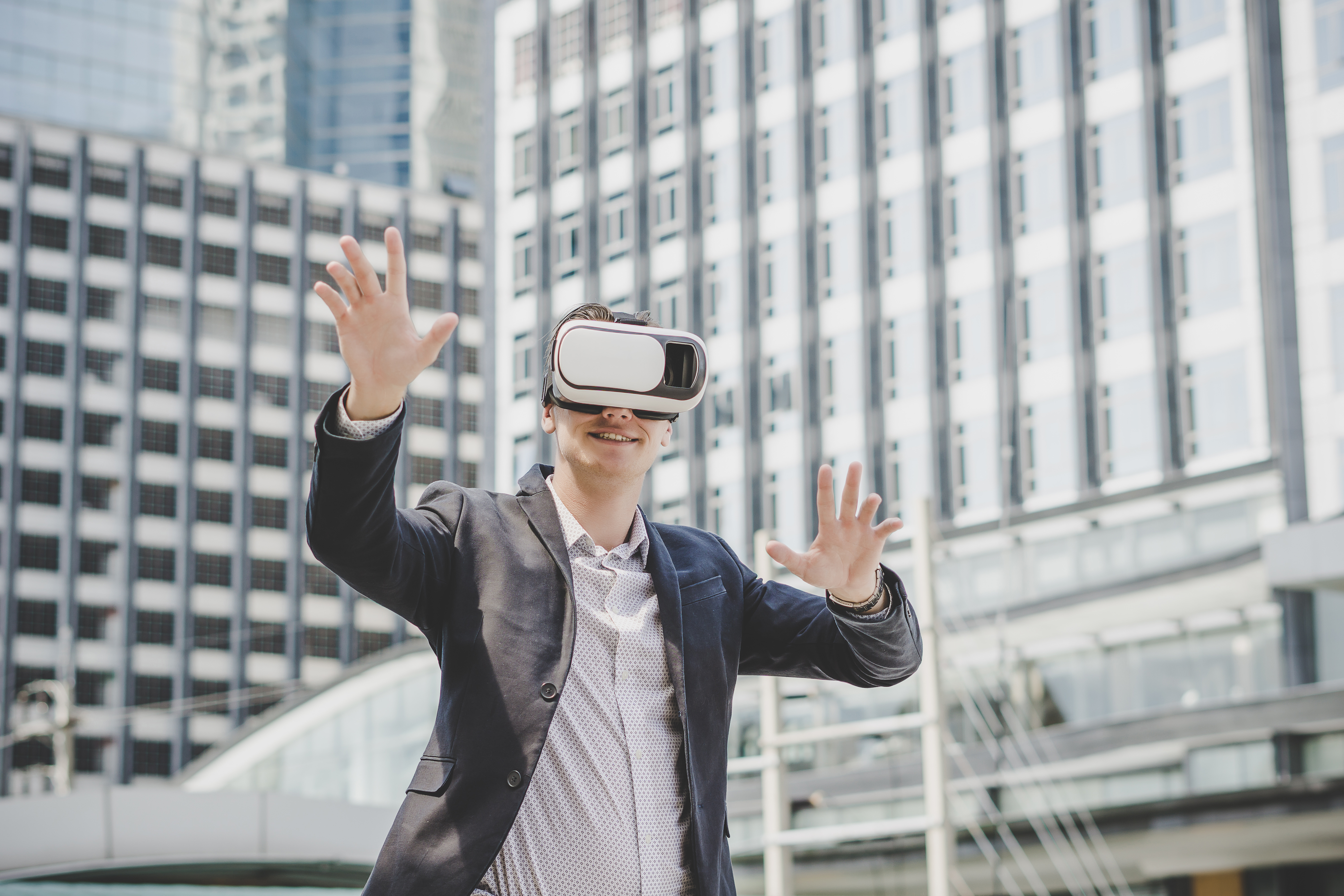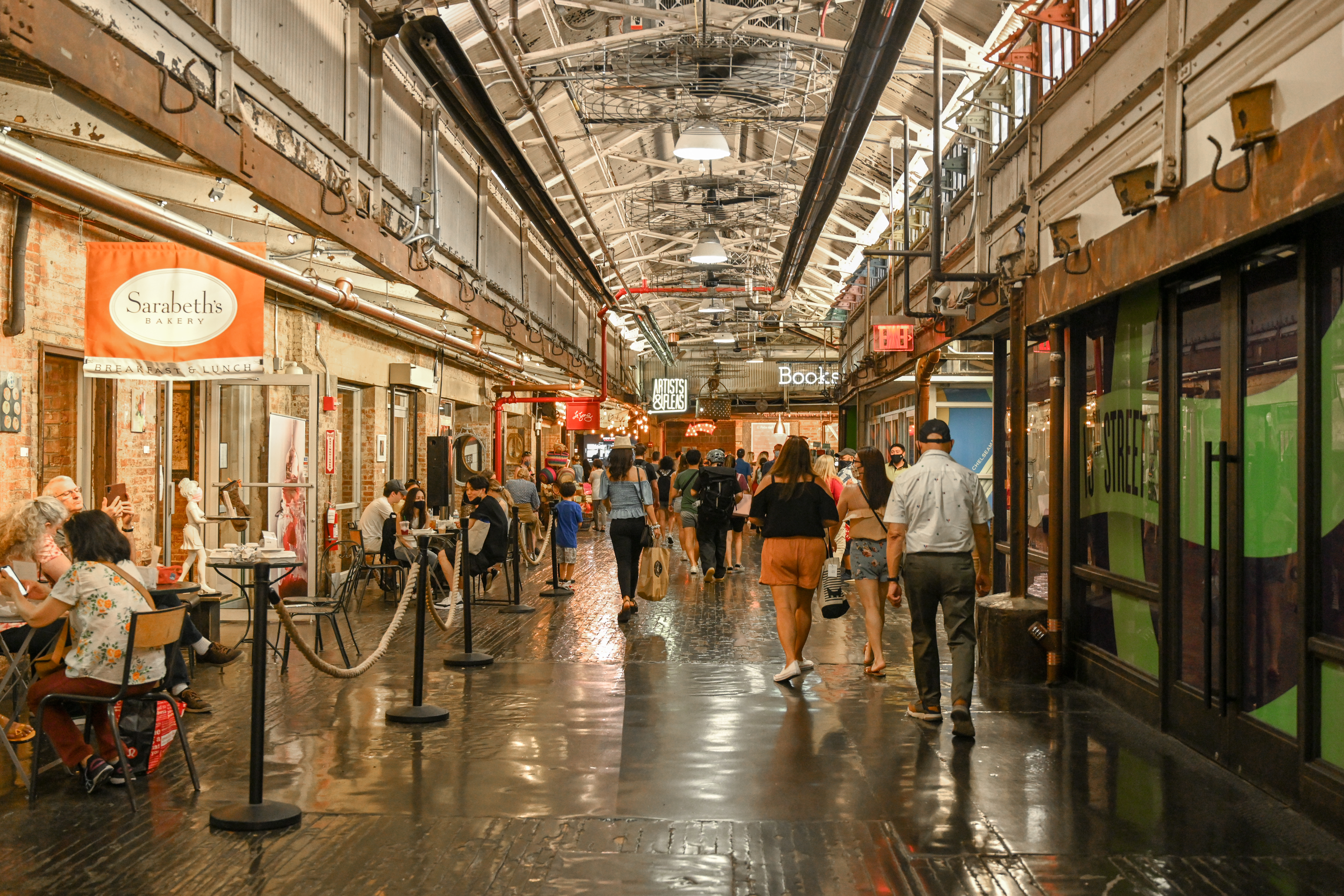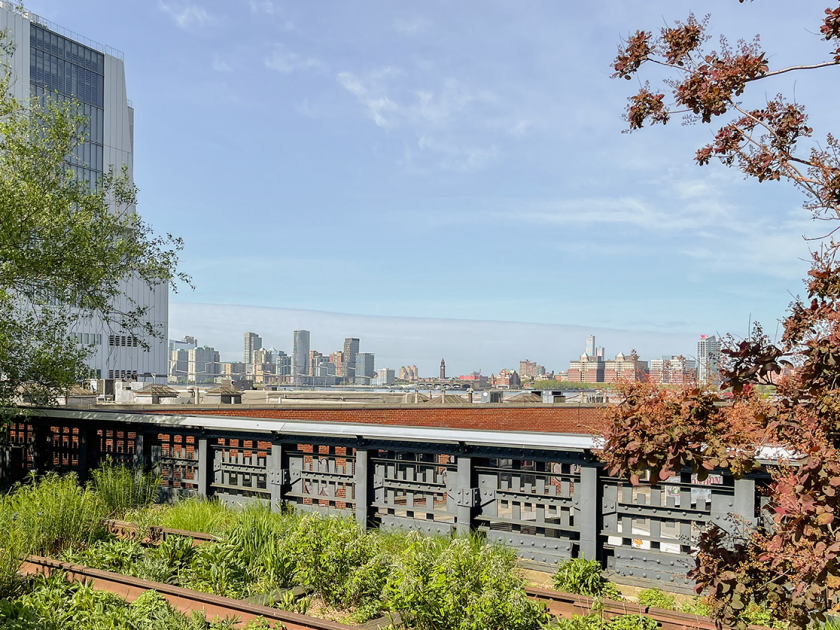If you have taken a look in the news this week, you’ll notice record temperatures around the world. This is the first in a series of blogs that we will be writing to offer ideas on how your organization can leverage the power of BIM in order to play a part in reducing the impact we as humans have on our environment.
When we talk about climate change in our daily lives, we usually talk about pollution sources such as the cars we drive, or from burning fossil fuels to power our homes and businesses. As construction professionals however, we often forget that our industry is also a contributor. Estimates suggest that, the construction sector contributes to 23% of air pollution, 40% of drinking water pollution, and 50% of landfill wastes. Our role as professionals related to construction and as humans who share space with others and with nature as well, is to make the most out of each of the resources we use in our projects. The question is, how can we accomplish this?
When people think of construction they imagine workers, beams, heavy equipment and, above all of those things, materials. Concrete, lime, even wood and iron might appear in their minds. However, most of the time they picture material wastes, the leftovers if you will. The real question is, where can you make a difference, and how to get started?












